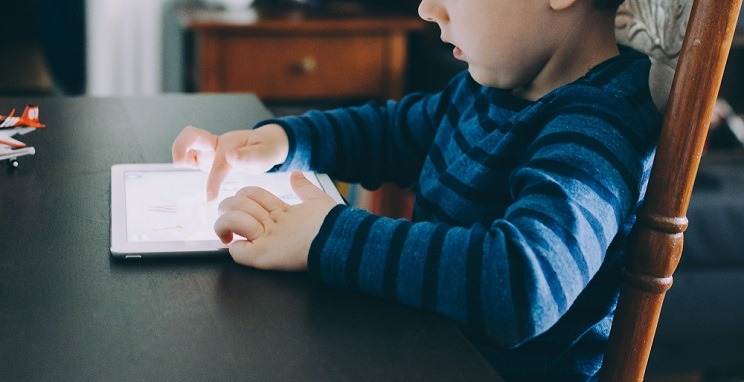
Every time more children use mobile phones or computers to play. Although in some cases they can be used for educational purposes, excessive use from an early age has been associated with difficulties in development, obesity, sleeping problems and the correct development of vision.
In this sense, the World Health Organization (WHO) recently published an article in which it explains that, for children to grow up healthy, they need to spend less time sitting and longer playing actively. In addition, WHO has shared a series of recommendations for children under 5 with advice on how much time they should spend in front of a screen.
These new guidelines were developed by a WHO expert committee, which evaluated the effects that screen time has on children. According to these experts, if these recommendations are established from an early age, they can help shape habits throughout childhood, adolescence and adulthood.
We share some of these recommendations:
Infants younger than 1 year old:
Children of 1 year of age:
Children of 2 years of age:
Children between 3 and 4 years old:
Not following these guidelines and using screens excessively could have consequences for the correct development of the child, such as:
In recent decades, the number of people with myopia has increased dramatically. According to a study published by the journal Ophthalmology, part of this increase is related to short-distance activities, not only those directly related to the use of screens, but with the time spent doing indoor activities in general. The study also found that spending longer in the open, especially at an early age, can delay the progression of myopia.
Visual fatigue refers to the symptoms that appear after spending a very long time in front of a screen. Symptoms may include dryness or itching, blurred vision, or headache. To avoid these symptoms, it is necessary to blink frequently and raise the view to look at a distance of 20 feet for at least 20 seconds.
Using screens before bedtime negatively affects sleep, the circadian cycle, and the mental agility of the next day.
Contact us or request an appointment with our medical team.